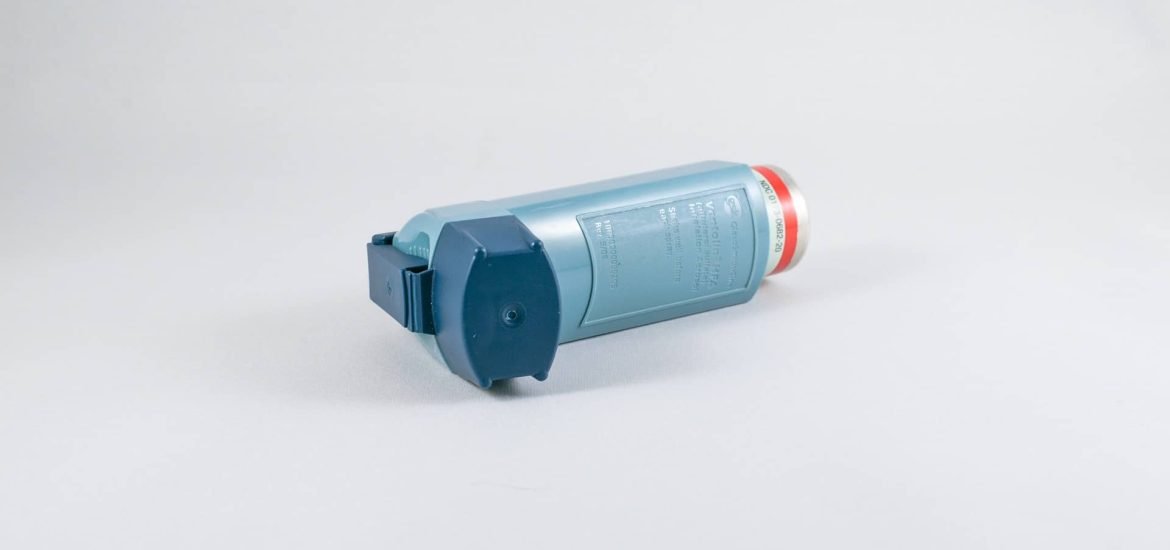
The incidence of childhood asthma in Bradford, UK is well above the national average. A new study out of the University of Leeds in England has shown that air pollution could be the culprit – specially, traffic-related air pollution.
According to the 2016-2017 annual report from Asthma UK, 1 in 11 children in the UK suffer from asthma. Recent research cites it as “the most common chronic disease in children”, with the number of cases on the rise since the 1950s.
In Bradford, UK, the number of asthma cases in children are reportedly higher than both the regional and national average, and in Bradford, more children under 16 visit the emergency room each year as a result of an asthma attack than in any other UK city. These statistics have researchers suspecting that air quality is to blame.
Specifically, it is thought that TRAP, traffic-related air pollution, is at least in part responsible for development of asthma in children. In the first study of its kind, researchers from Switzerland, Spain, and headed by Haneen Khreis from the Institute of Transport Studies at the University of Leeds in England, have developed a “full chain” computer model to assess the impact of air pollution and traffic emissions on public health, specifically where children with asthma are concerned.
Full chain refers to the “full chain of impact” – the computer model used in the study “knits together four distinct models of traffic, emissions, atmospheric dispersion and health impact assessments in Bradford.”
The computer model was used to estimate how many cases of childhood asthma in Bradford could be “traced back” to exposure to nitrogen oxides (NOx), chemicals in the air as a result of
pollution. From the same model, estimates were derived of childhood exposure to nitrogen dioxide (NO2), a chemical in the air as a result of TRAP, specifically.
From this model, the researchers arrived at an estimate: up to 687 cases of childhood asthma in Bradford each year could be the result of air pollution. This would account for 38% of total annual cases. By conversion, it was found that estimated 219 cases, or 12% of total cases, could be the result of TRAP.
According to Mark Nieuwenhuijsen, a researcher from ISGlobal in Spain, and an author of the recent study with Haneen Khreis, the team “knew [their] model was underestimating the traffic related fraction of air pollution.” After comparing and adjusting their estimates from their computer model with air pollution data from the European Study of Cohorts for Air Pollution Effects (ESCAPE), they arrived at a new figure: approximately 24% of total annual childhood asthma cases in Bradford, UK, could be the result of air pollution from traffic.
Nitrogen oxides in the air, including those related to TRAP, have been known to exacerbate respiratory conditions by causing irritation in the airways when they are breathed in. Prior research by the same team responsible for this study has shown exposure to these harmful chemicals increases a child’s risk of developing asthma.
According to Khreis, no one until now has put a number on those cases of childhood asthma that are a direct result of TRAP, and the results of her team’s study show that “a significant portion of these cases are largely preventable.”
In Bradford, traffic is a major source of air pollution, in addition to emissions from the industrial sector.
The Director of the Bradford Institute of Health, Professor John Wright, commented on the new study in a statement published by the BBC today. His words were that the study “adds to the overwhelming evidence that air pollution is harming our children – but “the good news is that we can all save lives by driving less and using cleaner fuels.”
The study was published today in Environmental International.